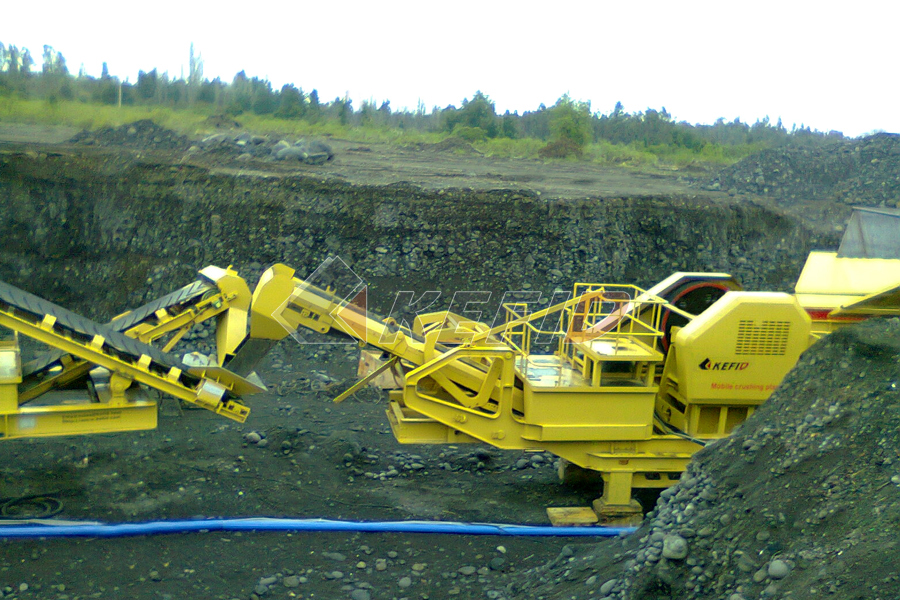# Canal Digging Machines: Engineering Marvels Shaping Waterways
## Introduction
Canals have played a crucial role in human civilization for thousands of years, facilitating irrigation, transportation, and flood control. From the ancient canals of Mesopotamia to modern shipping routes like the Panama Canal, these waterways have been essential for economic and agricultural development. However, digging canals manually is an arduous and time-consuming task. The invention of canal digging machines revolutionized this process, enabling faster, more efficient excavation with reduced labor requirements.
This article explores the evolution of canal digging machines, their types, working mechanisms, technological advancements, and their impact on infrastructure development. We will also examine notable canal projects that relied on these machines and discuss future trends in canal excavation technology. .jpg)
## Historical Background of Canal Construction
Before mechanization, canals were dug manually using shovels, picks, and animal-drawn plows. Ancient civilizations such as the Egyptians, Chinese, and Romans constructed extensive canal networks for irrigation and trade. For example:
– The Grand Canal of China (constructed over centuries beginning around 486 BCE) was primarily dug by laborers using hand tools.
– The Erie Canal (completed in 1825) initially relied on manual labor before early steam-powered dredges were introduced.
The Industrial Revolution marked a turning point with steam-powered excavators replacing manual labor in large-scale projects. Later advancements introduced hydraulic systems and diesel-powered machinery, drastically improving efficiency.
## Types of Canal Digging Machines
Modern canal excavation relies on specialized machinery designed for different soil conditions and project scales. Key types include:
1. Dragline Excavators
– Used for large-scale excavations with soft or loose soil.
– Consists of a boom and bucket system dragged along the ground to scoop material.
– Commonly used in mining but adapted for wide canal digging projects. 
2. Backhoe Loaders
– Versatile machines combining a front loader bucket with a rear excavator arm.
– Ideal for medium-sized canals requiring precision digging in varied terrains.
3. Bucket-Wheel Excavators
– Massive continuous digging machines featuring rotating wheels with multiple buckets.
– Highly efficient for long-distance canals but expensive to operate (e.g., used in European inland waterways).
4. Dredgers
– Specialized vessels or land-based machines designed to remove sediment underwater:
– Cutter Suction D




